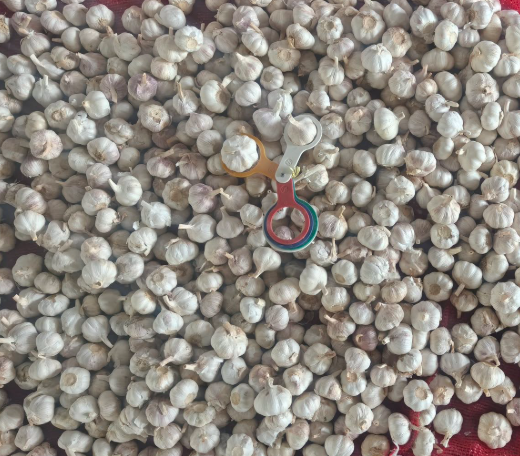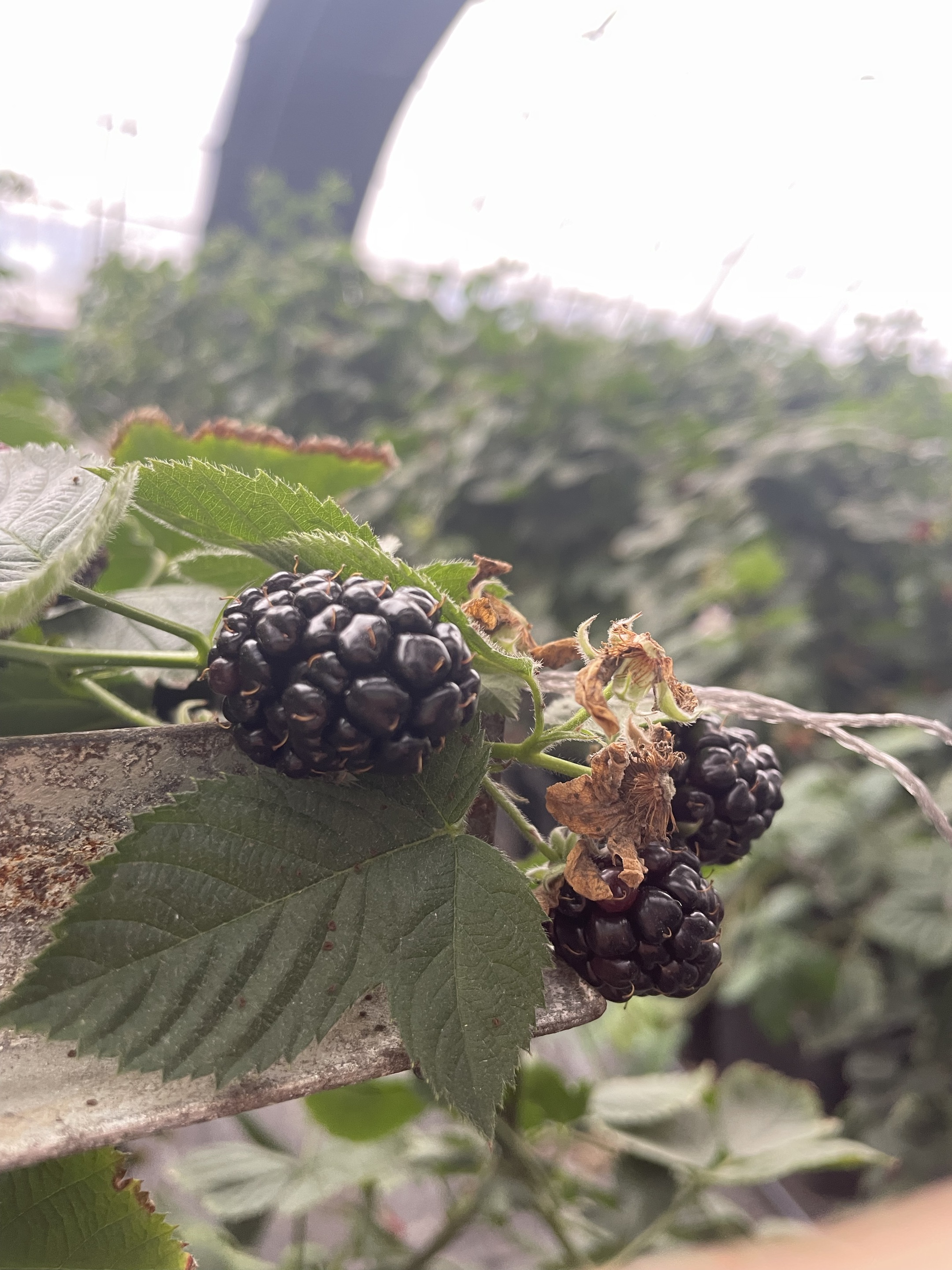
In the global B2B marketplace, organic ingredients are no longer a niche—they’re a strategic advantage. Take ginger: a spice with over 4,000 years of culinary and medicinal use, now backed by modern science as a functional ingredient in food, cosmetics, and wellness products. This article breaks down how premium organic fresh ginger transforms into high-value essential oil—and why your product development team should care.
According to a 2023 study published in Food Chemistry, organically grown ginger contains up to 27% more bioactive compounds like gingerol and shogaol compared to conventionally farmed varieties. These compounds aren’t just flavor enhancers—they’re key to anti-inflammatory and digestive health benefits that resonate deeply with EU and North American consumers. In fact, 68% of health-conscious buyers in Germany and Canada actively seek “certified organic” labels when purchasing herbal extracts (Euromonitor, 2024).
But it’s not just about purity—it’s about consistency. High-quality organic ginger must meet strict criteria: golden-brown skin, firm texture, and minimal moisture content (< 15%). These traits ensure optimal yield during extraction and prevent microbial contamination—a major concern for exporters targeting FDA- and EFSA-compliant markets.

For manufacturers, choosing the right extraction method is critical. Here's what you need to know:
| Method | Yield (%) | Best For | Key Advantage |
|---|---|---|---|
| Steam Distillation | 2.5–3.5% | Industrial-scale production | High purity, consistent quality |
| Cold Pressing | 1.2–2.0% | Premium skincare & aromatherapy | Preserves delicate aroma compounds |
While steam distillation offers higher yields and scalability for bulk buyers, cold pressing delivers superior sensory profiles—ideal for luxury brands entering the $2.1 billion global essential oils market (Statista, 2024). Both methods require precise temperature control (< 100°C for cold press) and post-extraction filtration to meet ISO 22716 standards for cosmetic-grade oils.

What makes this oil valuable beyond lab specs? It’s the versatility:
One client in Spain saw a 35% increase in repeat orders after incorporating ginger oil into their artisanal soap line—proof that functionality meets emotional appeal.

Ready to explore how ginger oil can elevate your product portfolio? Whether you're developing a new line or optimizing existing formulations, understanding the full lifecycle—from farm to bottle—is essential for competitive positioning.
👉 Download Our Free Guide: “Ginger Oil Processing Checklist for Export Compliance”